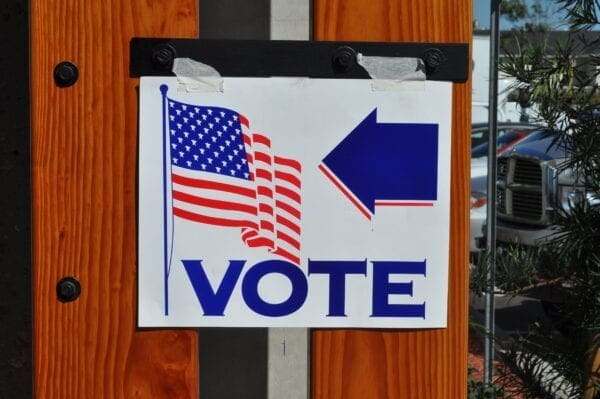I’ve taken to asking both myself and others, “Have I added value?”
It’s not a rhetorical question. It’s “am I helping”? It’s me checking to make certain I’m spending my time in the best way possible.
I’ve also learned to say, “Nothing to add,” which also means I have no value to add to the conversation or deliberation, and that’s just fine. Keeps my outsized ego in check and lets me actually be quiet.
There’s a lot to learn when you’re not bloviating. You can watch and listen, pick up on subtle body language cues, and hear what the other person is saying. It’s important, too, or you wouldn’t be in front of the other person who’s putting themselves out there and sharing.
I have sat through entire meetings and not said a word. It’s usually when someone with more experience in a given subject is adding their value. It’s great to watch.
I’ve been running things, often successfully since a very young age. I was the tender age of 28 when I achieved my first “corner office” position. I’m 65 now. Those are just numbers, but the experience gained in those years means I can come off as condescending or a “know it all.”
The only thing I know all about is how much I have to learn every day of my life. The depth and breadth of experience is important, but what counts is how you share both of those important items. It’s how you add value.
I’m working hard at trying to be the Past President of my motorhome association. The operative word is PAST. I “signed up” for a two-year run (a pair of one-year terms), and the worst thing I personally received from COVID was four years at the helm and three cancelled conventions. The current President lets me call her privately and prattle on, and it’s a relationship that works. It’s difficult for me to take a step back, and there, like in other parts of my life, I tend to be a polarizing figure.
But I’m not running it. She is. I’m adding value, but in a more specific and precise way.
Learning this is something that I find rewarding, and I’m thankful those in leadership positions at this particular association understand this and are helpful. They also call me out when I’m just running my mouth. It works.
When I think about businesses, those that do a great job of adding value thrive. The opposite is true of those that don’t, and failure becomes imminent.
With the end of the academic year coming up at colleges and universities around our nation, we witness an entire “industry” who have stopped providing value. They have started believing in their own bullshit, and their customers – their students and parents – the people paying the bill, are not having any of it.
Colleges and universities have stopped delivering the value they did in the past. That “value” has to do with price, but it also has to deal with quality.
Those in the real world know that “quality” can be either objective or subjective. In academia, they just know they are doing it right because they are accredited. They are startled to find they have priced themselves out of the market (easy to get students loans are part of that problem), and the quality part of the value equation has been severely lacking for far too long.
In a few handfuls of days, Johnny and Jane are going to graduate from high school. They will be standing there with a diploma in their hands, and a head full of dreams. If, for example, they choose to be educators, they can go the private school route for say $50,000 per year (a $200,000 education) or the public college or university route for say $18,000 per year (a $72,000 education). Either will get them the same job four years from now. The exact same job, and likely the exact same wages.
If you’re leveraging the future to pay for today’s education, the value proposition is crystal clear – you’re going to the public institution. The private school will tell you how much “better” the quality of their education is, and they will cite accreditation, or cultural events that occur on campus.
Those educators forget that while they may be part of determining the price, the value – the quality – is nearly completely determined by the consumer. In this case, the students and their benefactors are the buyers.
Tomorrow’s educator that we, as society, want to employ has already made that evaluation. It is about dollars and cents. Today’s higher education professionals are just now getting this message. They are a group of very smart and educated folks who stopped understanding the value they deliver years ago.
Because of this, their institutions will fail, putting themselves and every penny of capital every student has invested in their education at risk. No, it’s not “fair.” No government agency or program can – or will – fix this.
Don’t believe your own hype, and, in the end, remember Reverend Jim Jones drank his own Kool-Aid.
Endeavor to deliver what’s valuable to the other person, in conversation, in meetings, and for your chosen profession. It’s not the value you think you’re delivering. It’s not about you. It’s about them.
I hope you’re adding value today.









Jim Jones died by gunshot, not koolaid.